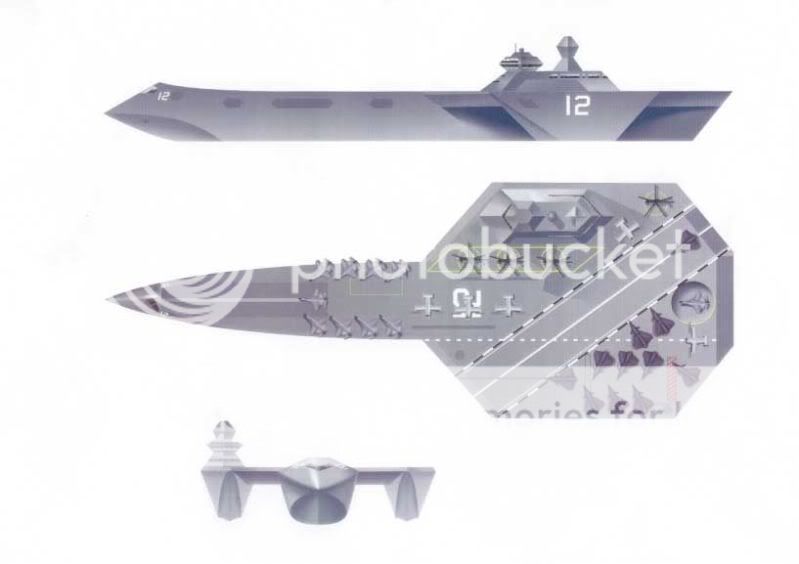Russia’s F-22 and F-35 Killer: 6th Generation Plane Armed with Hypersonic Weapons
Dave Majumdar
December 12, 2017
According to Mikheyev, the new “radio-photonic radar” will operate over a much wider band than conventional radars and should be far more resistant to enemy jamming. Further, the new system is expected to be utilized as an electronic warfare system, datalink and as a communications system. Prototypes of the new radar have already been built.
The Russian defense industry is starting to look at concepts for a sixth-generation fighter that would eventually replace
the Sukhoi Su-57 PAK-FA.
Like the United States Air Force and the Navy, the Russians are looking at a wide range of concepts including manned-unmanned teaming, directed energy weapons and hypersonics. The Russians are also looking at novel radar and electro-optical sensor technologies that seem designed to counter stealth.
One system under development for the potential new plane is a so-called
radio-photonic radar.
“The radio-photonic radar will be able to see farther than existing radars, in our estimates. And, as we irradiate an enemy in an
unprecedentedly wide range of frequencies, we’ll know its position with the highest accuracy and after processing we’ll get an almost photographic image of it - radio vision,” said Vladimir Mikheyev an advisor to the first deputy CEO of the Radio-Electronic Technologies Group (KRET) in an interview with the
state-owned TASS news agency.
“This is important for determining the type [of an aircraft]: the plane’s computer will immediately and automatically identify a flying object, for example, an F-18 with specific types of missile armament.”
According to Mikheyev, the new “radio-photonic radar” will operate over a much
wider band than conventional radars and should be far more resistant to enemy jamming. Further, the new system is expected to be utilized as an electronic warfare system, datalink and as a communications system.
Prototypes of the new radar have already been built.
“
Both the emitter and the receiver have been built on the basis of the experimental prototype as part of the R&D work. All this works and performs the location - we emit an ultra-high frequency signal, it is reflected back and we receive and process it and get the radar picture of an object. We see what we need to do to make it optimal,” Mikheyev said.
“
Now a full-fledged mockup of this radio-optical photonic antenna array is being developed as part of the research and development work, which will allow us to test the characteristics of the serial prototype...We will be able to understand what it [the radar] should be, in what geometrical sizes and what its ranges and power should be.”
In addition to its new radar, the Russians expect to field a new electro-optical sensor.
“
A powerful multi-spectral optical system operating in various ranges - the laser, infrared, ultraviolet and, actually, in the optical band, which, however, considerably exceeds the spectrum visible to humans,” Mikheyev said.
The aircraft will also be equipped with directed energy weapons—and fly as part of a swarm of drones. Indeed,
while two aircraft in a flight might be manned, there might be 20 to 30 unmanned aircraft accompanying those jets.
“
One drone in a formation flight will carry microwave weapons, including guided electronic munitions while another drone will carry radio-electronic suppression and destruction means and a third UAV will be armed with a set of standard weaponry,” Mikheyev said.
“Each specific task is solved by different armaments.”
Mikheyev also described a self-defense laser weapon for the future aircraft.
“We already have laser protection systems installed on aircraft and helicopters and now we are talking about developments in the field of
powered lasers that will be able to physically destroy attacking missiles’ homing heads,” Mikheyev said.
“Roughly speaking, we’ll be able to burn out ‘the eyes’ of missiles that ‘look at us.’ Naturally, such systems will be installed on sixth-generation aircraft as well.”
Michael Kofman, a research scientist specializing in Russian military affairs at the
Center for Naval Analyses, said that while the Kremlin might not have the money to fund such a project, it is important to note that the Russian defense industry is keeping abreast of developments in the tactical aviation field.
“I think the important takeaway is that Russia defense industry recognizes some of the key trends in military science and weapons technology,” Kofman said.
“While they may lack the funding, and some of the defense-industrial base, they’re keeping abreast of what sort of nextgen capabilities might enter the battlefield.”
As in the United States, defense companies have to lobby the Russian government to ensure that they get a piece of the pie.
“It’s unclear how much funding will truly be available in the coming state armament program for 2018-2025 to support these numerous projects, but undoubtedly KRET hopes to secure support for several lines of effort, and is therefore advertising prospective systems that Russia is probably quite a ways off from developing,” Kofman said.
Ultimately,
it is unclear if KRET’s vision for a Russian sixth-generation fighter will become a reality, but it is noteworthy that Russia’s industrial base is exploring the possibilities.
Dave Majumdar is the defense editor for the National Interest
. You can follow him on Twitter: @davemajumdar.
This first appeared in August.























